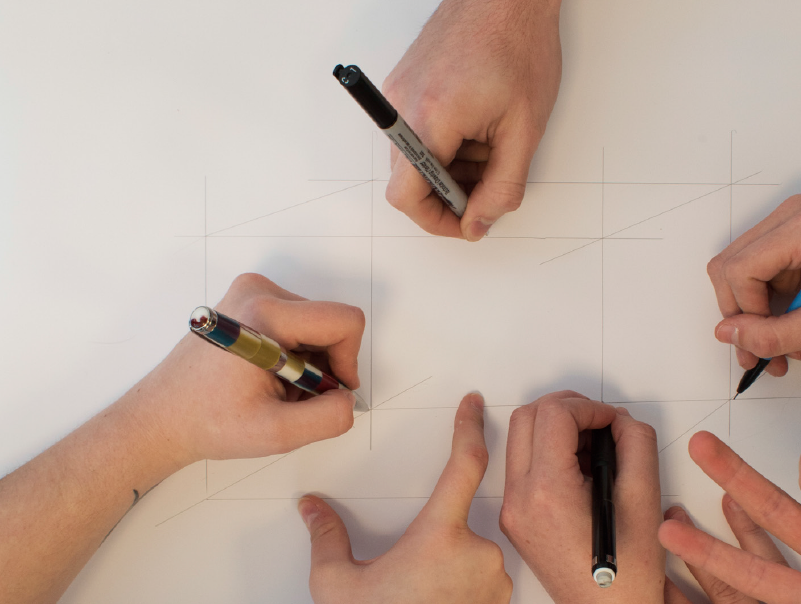
Architecture and Power: A Relationship That Shapes the Public
This project aims to highlight the relationship between architecture and power. Specifically looking at how architecture practices are used to reinforce hierarchical power structures within the public sector of cities. All citizens have equal rights to the city; more explicitly, the public aspects granted by the city. However, this is not always the case. Public benches are designed to be uncomfortable; building corners are being lined with metal spikes to prevent homeless from finding refuge; public space is being designed to increase surveillance or assert the hierarchical power structures. For my installation, I am focusing on the motivation, design, and management of bus stops and shelters as a way to learn more about this practice.
These practices are being done mostly without input from the community; therefore, it is creating a top-down structure that imposes these practices on the public. For this project I am asking the question, what would happen if the power structures were eliminated from the equation? What would bus stops and shelters designed by the community that they serve look like and how would that differ from what is currently available in the city? In order to do this experiment, design charrettes were held in various neighborhoods in Philadelphia and participants could share their experiences with bus shelters, reflect on what could be improved, and contribute designs. The installation displays these designs to create a visual of what community design for the community looks like.
Sector C: Architecture Practice and Technology
Advisors: Andrew Dahlgren (ARCH) | Matt Neff (FNAR)

 Visual Studies
Visual Studies